His iconicPost-Impressionist styleused a vibrant color palette and thick, expressive brushstrokes to convey the world around him.
His stylealready highly uniquebecame even bolder, and his compositions even more ambitious.
The surroundings here are beginning to weigh me down more than I can say…

Furthermore, Theo was considering leaving his job as an art dealer to start a business.
He completed, on average, one painting a day.
I am giving my canvases my undivided attention.
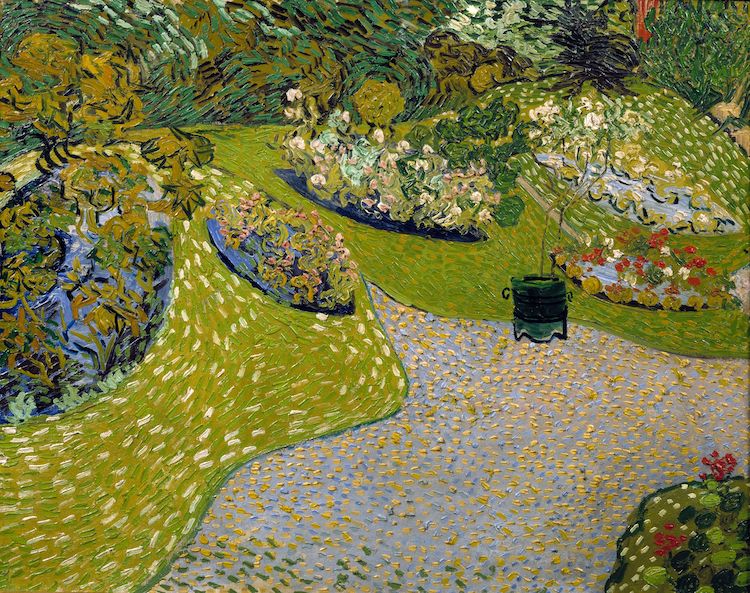
Vincent van Gogh, “Garden in Auvers,” 1890 (Photo: Van Gogh Museum viaWikimedia Commons, Public domain)
Wheatfields became a reoccurring subject, and he rendered several from different times of the day and perspectives.
Above the horizon is a dark blue, almost turbulent sky, dotted with flying crows.
AlthoughTree Rootsis unfinished, it gives the impression of a celebration of nature’s beauty.
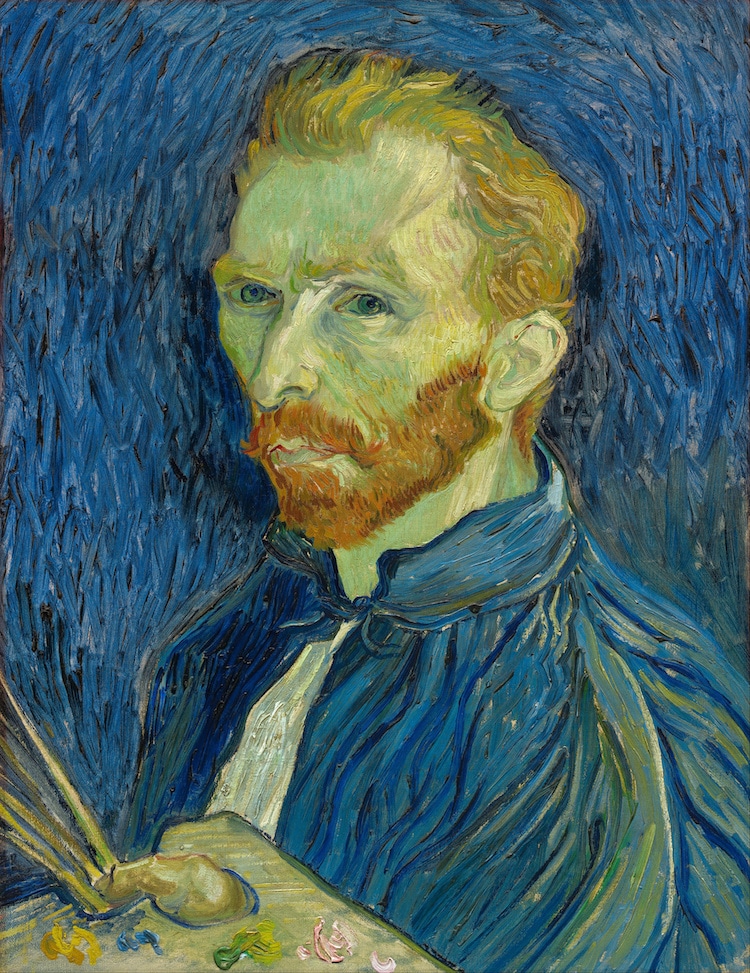
Vincent van Gogh, “Self-Portrait,” 1889 (Photo: National Gallery of Art viaWikimedia Commons, Public domain)
Related Articles:
What Is Cloisonnism?
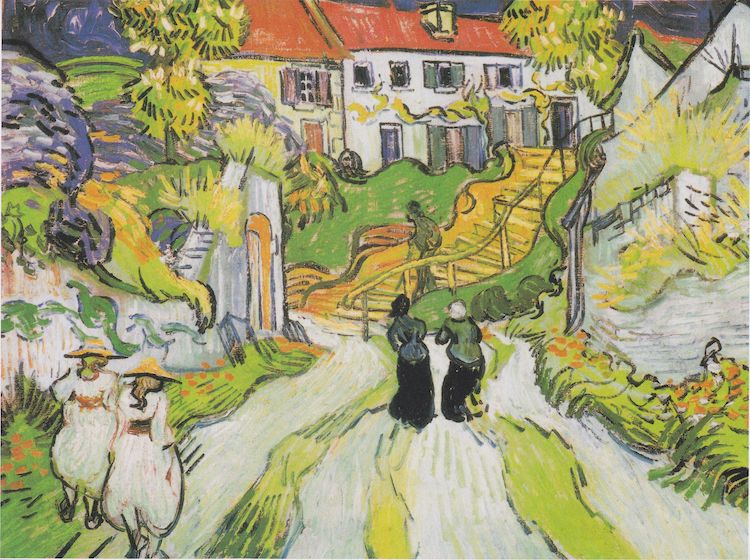
Vincent van Gogh, “Stairway at Auvers,” 1890 (Photo: Saint Louis Art Museum viaWikimedia Commons, Public domain)
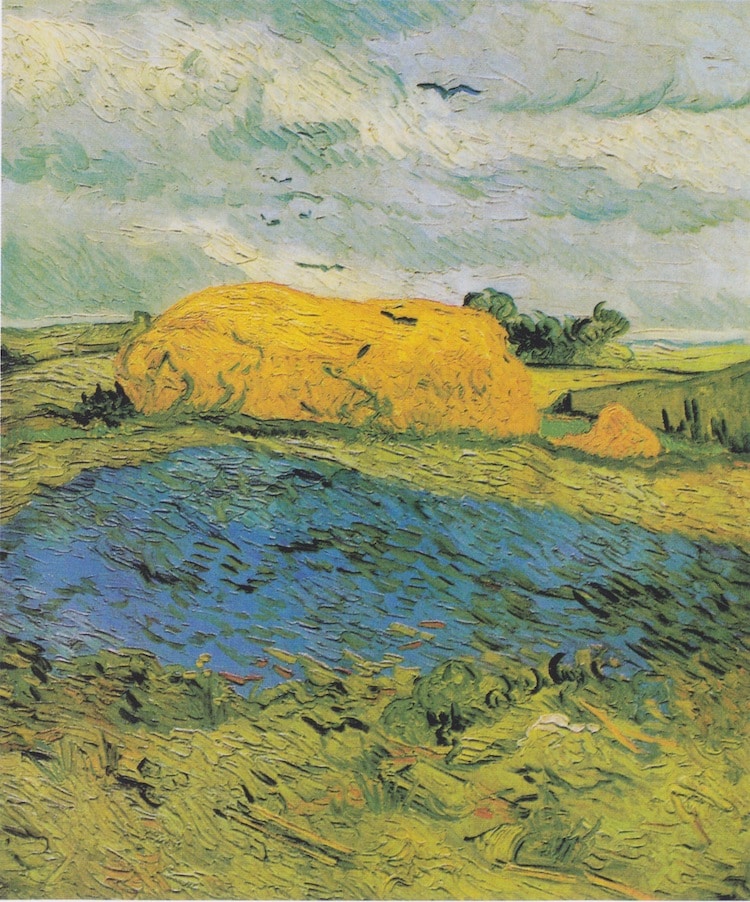
Vincent van Gogh, “Haystacks Under a Rainy Sky,” 1890 (Photo: Van Gogh Museum viaWikimedia Commons, Public domain)

Vincent van Gogh, “Wheatfields after the Rain (The Plain at Auvers),” 1889 (Photo: Carnegie Museum of Art viaWikimedia Commons, Public domain)

Vincent van Gogh, “Wheatfields under Thunderclouds,” 1890 (Photo: Van Gogh Museum viaWikimedia Commons, Public domain)
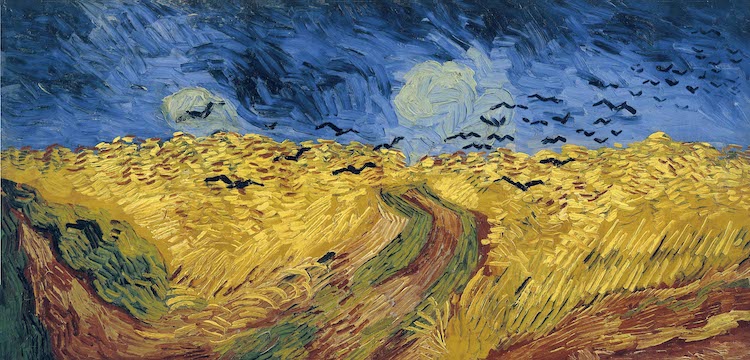
Vincent van Gogh, “Wheatfield with Crows,” 1890 (Photo: Van Gogh Museum viaWikimedia Commons, Public domain)
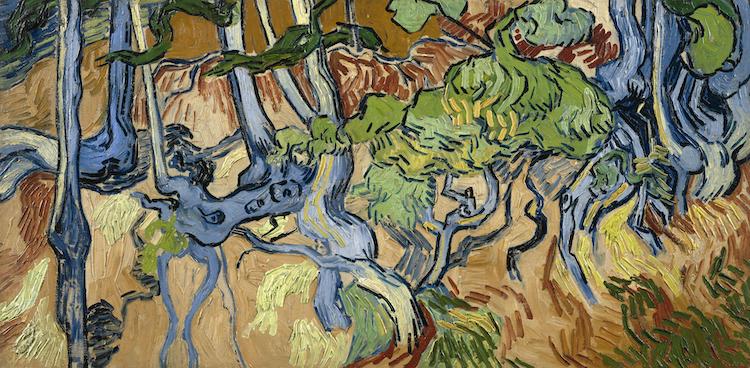
Vincent van Gogh, “Tree Roots,” 1890 (Photo: Van Gogh Museum viaWikimedia Commons, Public domain)